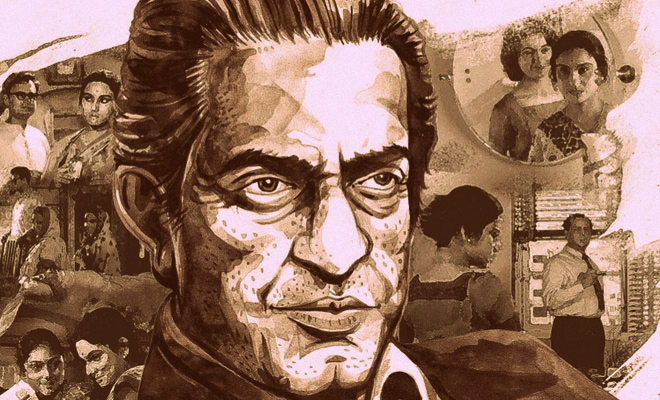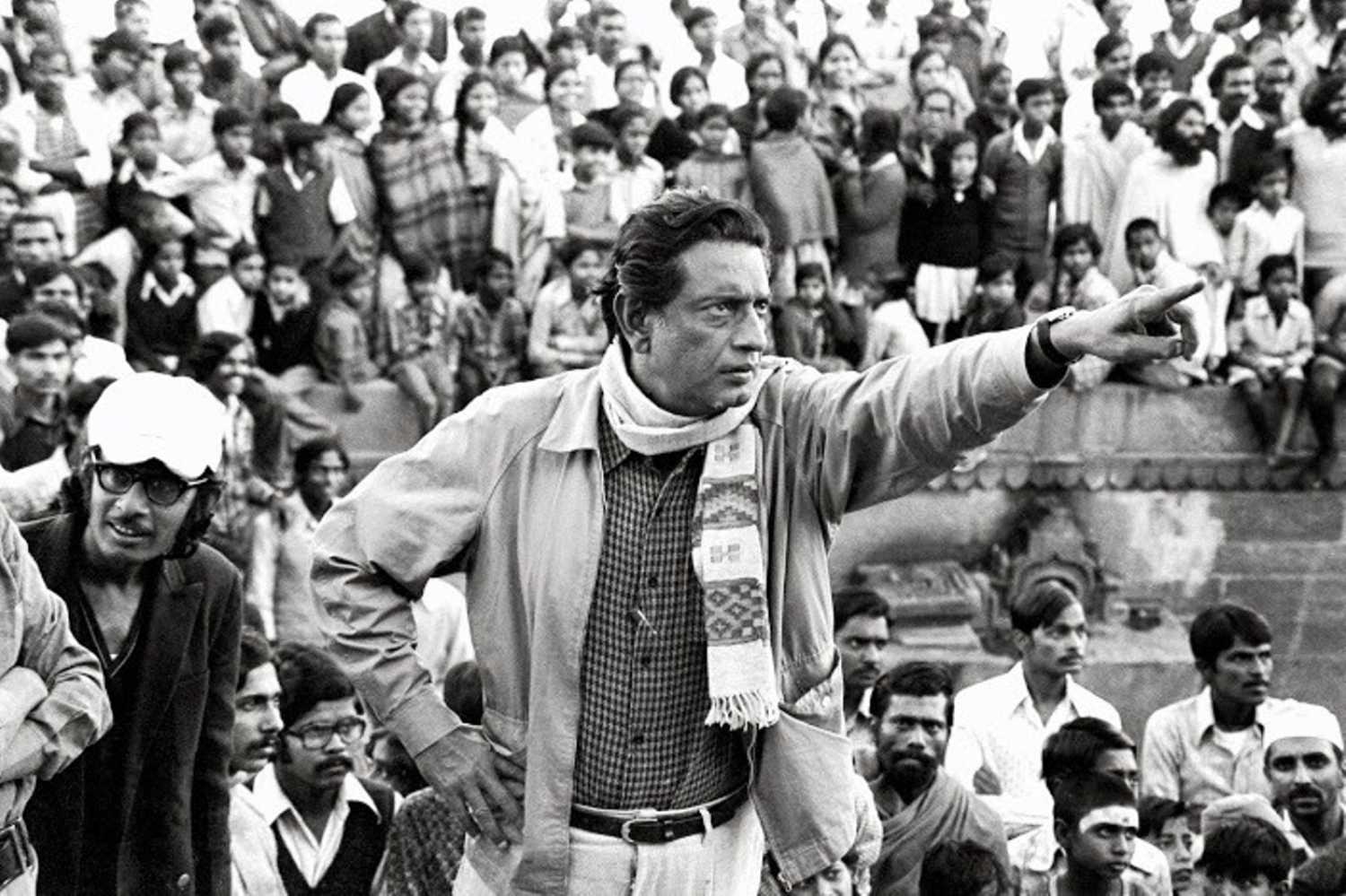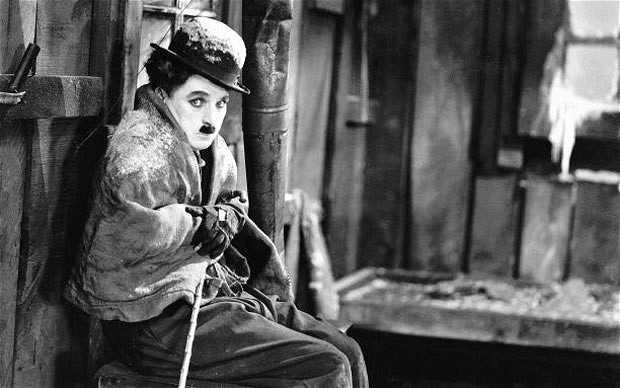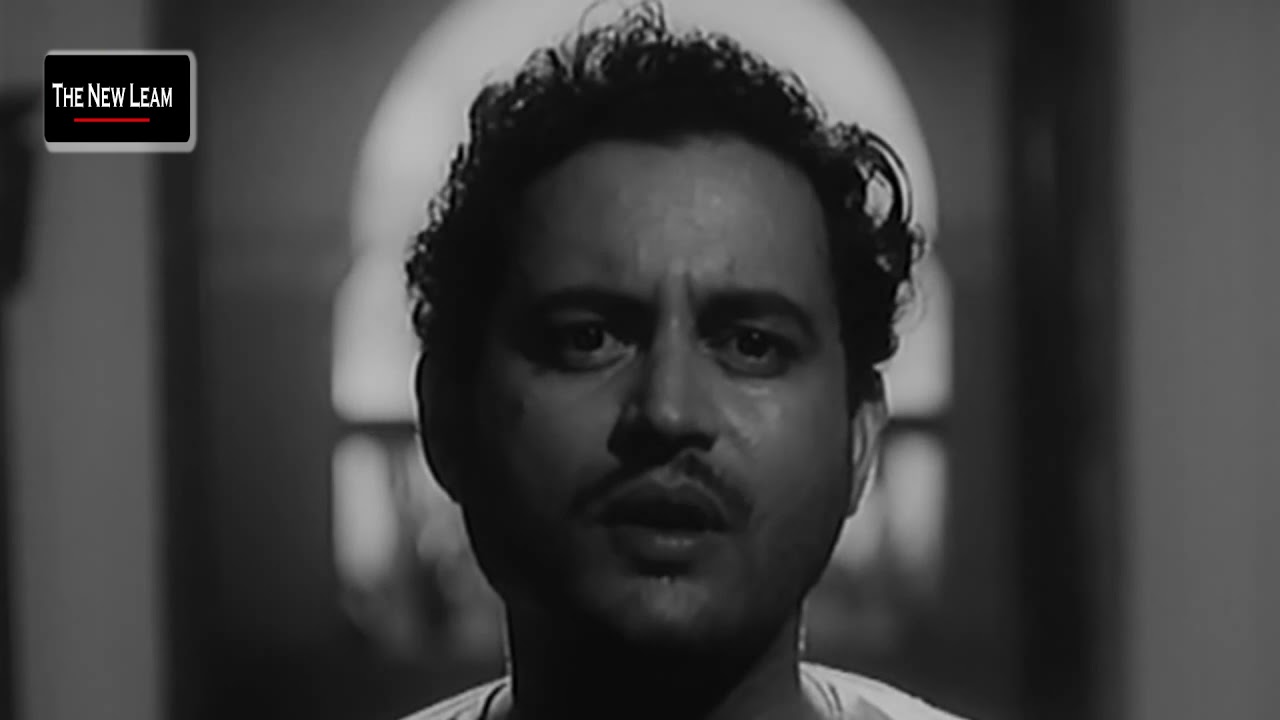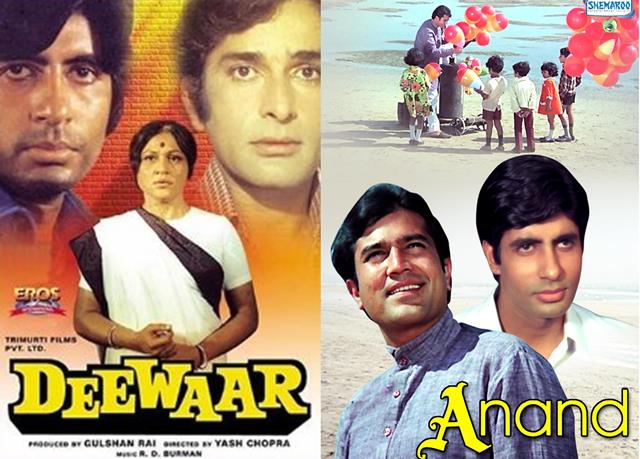It is an inevitable fact that movies and societies have often reflected each other.Various genres of movies influence the lifestyles of our youth. They shape our popular culture, at times define it, and transform it as well. The effect of movies such as Ghajini, Tere Naam etc on the taste and preferences for dresses and hairstyles manifested this reality more than a decade ago.
The reemergence of the bell-bottom trousers, that took place a couple of years ago, further substantiates this point. However, on the contrary, movies also receive their inspiration from our milieu. And the translation of this inspiration becomes miraculous when a polymathic director transforms it into a perspectival cinema. One such gifted director working in the field of Indian Cinema was Satyajit Ray. Undoubtedly, his movies are still considered as a benchmark by numerous cinema makers – primarily because of the manner in which he juxtaposed complex ideas, and secondly because of the way he improvised unimaginable thoughts in his movies. This article will pick up some of his movies and accentuate several instances from them in order to highlight the significance of his magnum opuses in the present scenario.
Hirak Rajar Deshe: A Unique Commentary on Political Propaganda as a technique for brain-washing
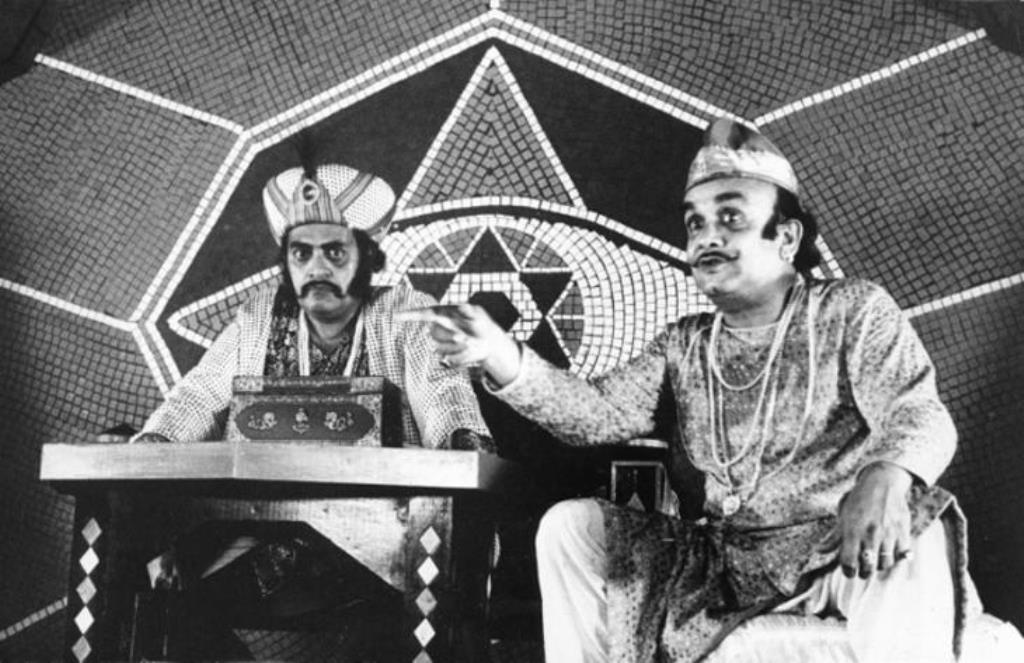
The first movie that I would pick up is Hirak Rajar Deshe (Kingdom of Diamonds), which was released in the year 1980. This movie portrays a king who controls his masses through his Mogojdholai Jontro (brainwashing machine), and the only enemy this king has in this movie is Udayan Pandit – a teacher who is a believer of values. Surprisingly, a keen observer of this movie could understand that this movie is analogous to the present socio-political landscape of our country. Indeed, it is true that on one hand media helps us connect with the world, provides us with numerous information, and influence our world view. Yet what is unfortunate about our generation is that in the popular parlance the media has been accepted as the fourth pillar of our democracy, and a massive consensus endorses this view. We have to realise the fact that it is a fallacy which is misleading us. It is so because unlike the three pillars of our democracy, i.e, Legislature, Executive and Judiciary, our media is bereft of a statutory framework. Therefore, we cannot consider it to be the fourth pillar of our society. Let us acknowledge that the constitution of India has not described its modus operandi, and hence nobody is certain about its ambit. As a corollary paid news, propagandas, ideological propensities et cetera have become the new normal in this enterprise. The irony is that in an economy such as India, media has been reduced to machinery for transmitting the inclinations, priorities and the language of the ruling regime, or in other words, it has become the Mogojdholai Jontro of the state. Thus, in Gramscian vocabulary, media is now ‘hegemonic’. No wonder why critical pedagogy – which often fuels our integrity – appears to be a demonic force these days. In such circumstances, an inquisitive and curious soul is now looked upon as a spectre that haunts the all- pervading silence of our lives. We have allowed the corporate induced media to govern our understanding of ‘good’ and to shape our ideas of ‘happiness’. I doubt that whether it has any substance to offer us, or is it only spectacles that have kept it alive. Today, many citizens have a justification for the ordeals our farmers are going through; they have arguments in favour of unemployment, hunger, squalor, illiteracy and malnutrition that the majority of our countrymen are witnessing at this moment. This was exactly the condition, as explained creatively by Satyajit Ray, in his movie Hirak Rajar Deshe.
Ganashatru: The Colonisation of the mind, the acceptance of the status-quo
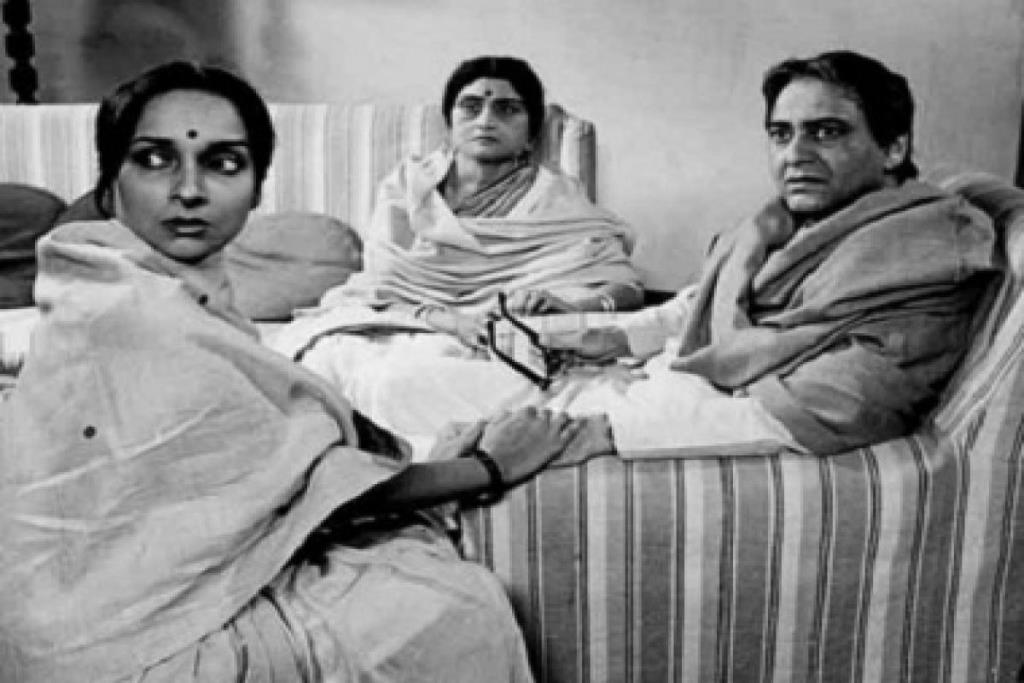
The second eye-opening movie is Ganashatru (Enemy of the People), which was released in 1990. This movie was inspired by Henrik Ibsen’s play “An Enemy of the People”, and to some extent tried to represent almost the same concerns of Satyajit Ray which he tried to convey through Hirak Rajar Deshe. Well, Ganashatru exemplifies the manner in which commercialization of religions has undermined our religiosity, and jeopardized our scientific temperament. The protagonist of the movie is a doctor who tries to convince the people in his vicinity that the epidemic of jaundice is due to the contaminated sacred water of the nearby temple of Tripureshwar. This calls a gargantuan furore, and his life takes a huge turn all of a sudden. Even his own brother, a successful businessman and politician, plots a ploy against him. Newspapers and magazines betray his trust. But he remains firm on his stand… Do you see any similarity here? Yes, I find something interesting. Neoliberalism coupled with religious ethos is the new model of our contemporary life. All the idols and ideals have been fetishized and sold in the market with a lucrative tag. The wizards of advanced industrial society lure us now with its spectacles every now and then, and quite often we get carried away with the herd mentality that follows in this nexus. The herd mentality provides us with psychological security, keeps us safe from the feeling of separateness. This is the case with almost all of us. And therefore the present connotation of the concept of ‘Equality’ is not ‘oneness’, but ‘sameness’. Further, one abides by this internalized feeling because to deviate away from this comfort zone might cause a mental disturbance. No alternative thought, or a different understanding of truth, could pave the way for its accommodation in an environment of religious nationalism and consumerism. Even an ounce of dissent calls for the wrath of the mob that supports the State and its machinery unquestionably. One has to accept, accordingly, that Lord Ganesha was the first to experience plastic surgery, or the first jet engines were used in the epic of Ramayana. There is nothing humorous in such discourses. Mythology has almost colonized our consciousness, and their shadows can be felt in our economy, polity and our historicity.
Sakha Prosakha: Freeing oneself from the oppressions of a market-society
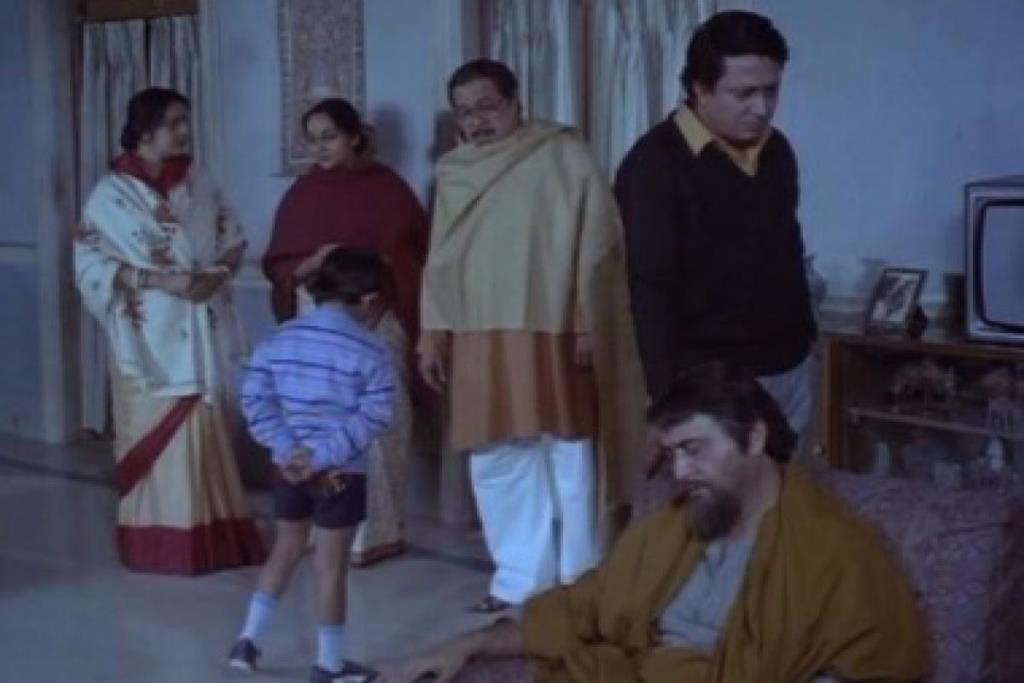
This takes us towards the third movie, i.e, Sakha Prosakha (Branches of the Tree), which was released in 1990. This is a story of four brothers in which the second brother, Prasanto, remains mentally ill due to an accident. And the remaining three brothers are ‘successful’ in their lives. But the youngest one renounces his job after feeling exhausted with the amount of corruption present in his line of work. However, the eldest and the third son remain accustomed to making money through unfair ways. At last, when their bedridden father discovers their reality he gets tremendously hurt. He accepts his second son, who remains absorbed with Bach and Beethoven, as the most successful one. Well, this movie reminded me of the famous novel “Brave New World” authored by Aldous Huxley, which was published in 1932 and carried the absurdities of our generation. It talks about a society in the future where humans are perceived as merely a lump of potassium and magnesium if they lose their utility in the market. This was precisely the case with Prasanto. Unlike his brothers, he was not a well-established businessman or high-ranking officer. And hence he barely mattered to the rest of his brothers. But he was free from the logic of the market and the corruption of his society. Whenever I watch this movie I ask myself, “Can I afford to live a life of Prosanto today?”
Agantuk: A conversation between the periphery and the centre
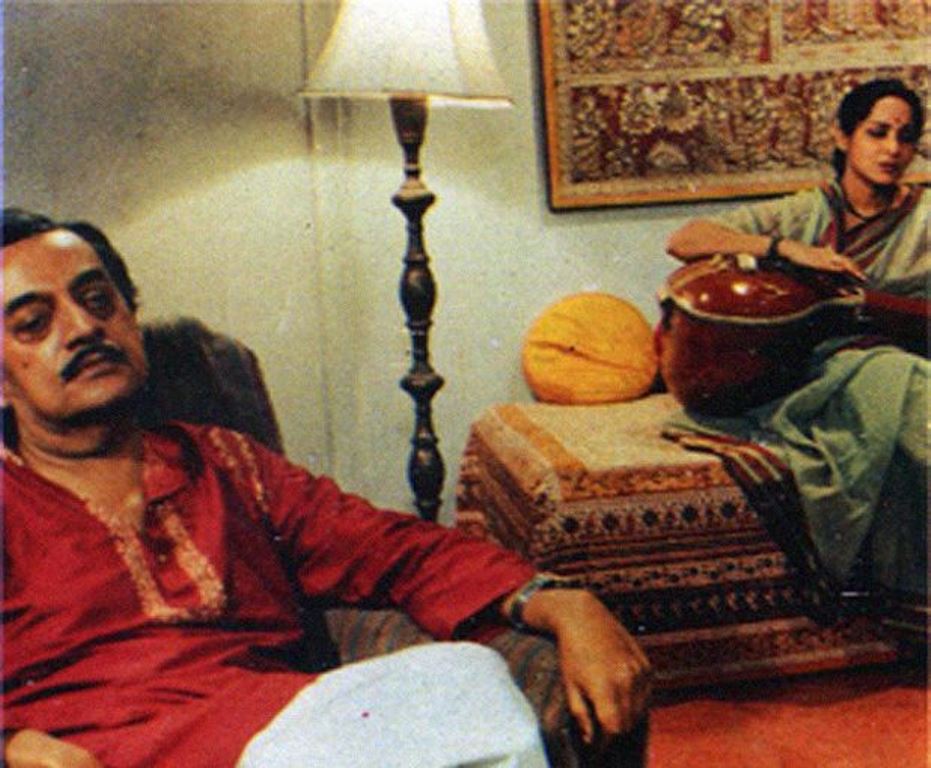
The last movie in this list that has always fascinated me is Agantuk. It was released in 1991 and was the last film of Satyajit Ray. The remarkable talk between the Anthropologist and the Lawyer in this movie always reminds me of the conversation that is taking place nowadays in between the tribal activists of, say, Jharkhand and Chattisgarh, and the risk societies of India such as Delhi and Mumbai. Be it Dayamani Barla, Soni Sori, or Medha Patkar – all of them are struggling to resist the one dimensional version of the nonholistic developmentalism. Manmohan Mitra, the anthropologist uncle in this movie, presents us with yet another aspect of our everyday life.
All of us are unique, and therefore we watch every film differently. I have shared my understanding of the four thought-provoking movies of Ray through this article. In my opinion, they can expand our horizon of thoughts, provide us with the opportunity to look for the varied possibilities for our surrounding, encourage us to think differently, and to question the dominant conception of reality prevailing in our society. This is perhaps one of the reasons why whenever we engage with the cinema of Ray, it reminds us of the significance of imagination in our lives.



